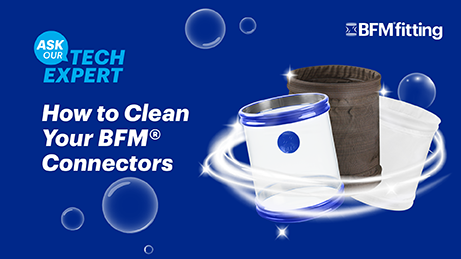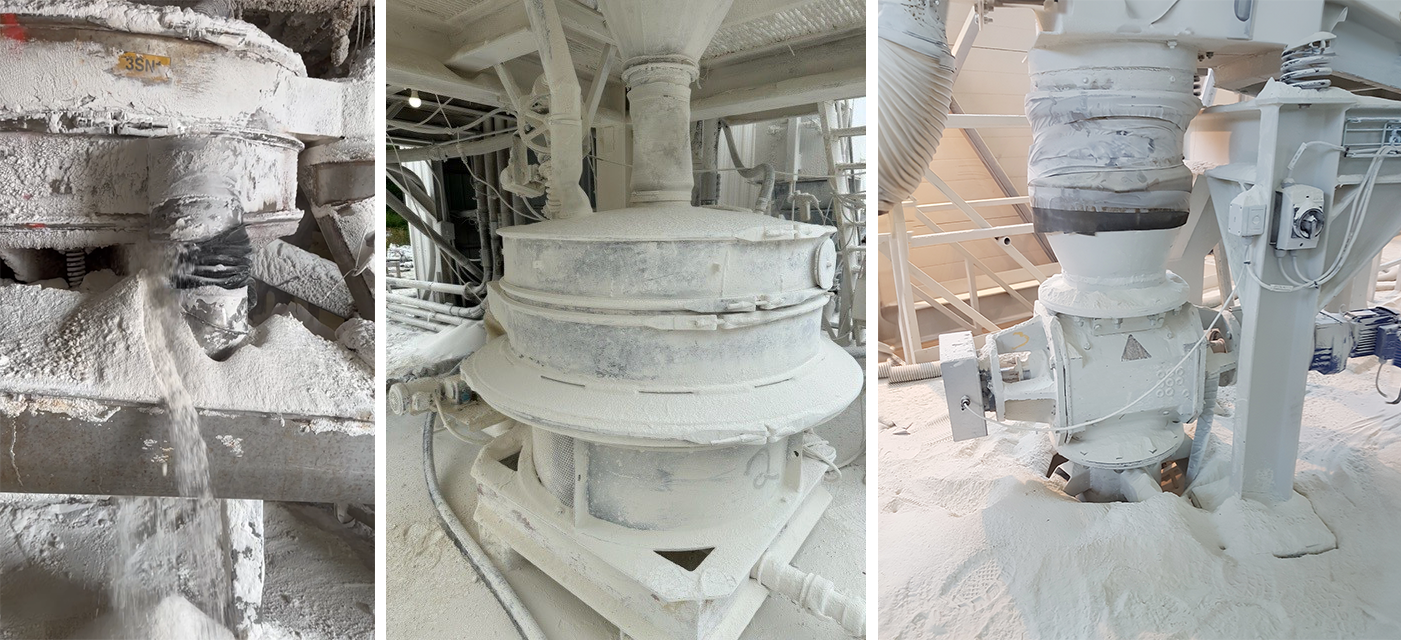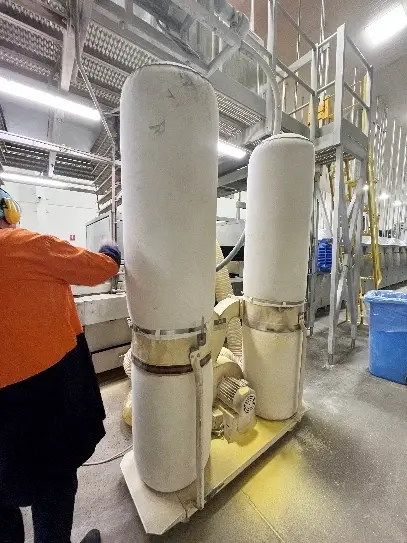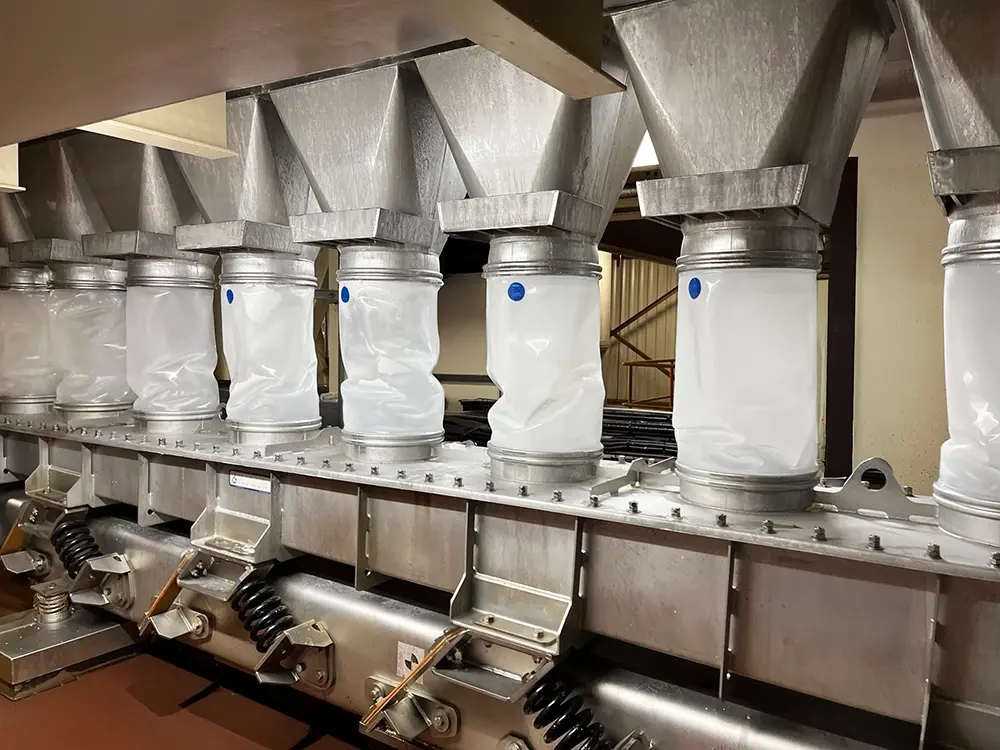 Rechargeable batteries have become integral to our everyday lives, powering our smartphones, laptops, and electric vehicles. The pace of growth of the global battery industry has been staggering in recent years, and the technology itself is rapidly evolving.
Rechargeable batteries have become integral to our everyday lives, powering our smartphones, laptops, and electric vehicles. The pace of growth of the global battery industry has been staggering in recent years, and the technology itself is rapidly evolving.
While many new battery technologies are on the horizon, the current dominance of lithium-ion batteries (LIBs) is likely to continue for some time yet.
The Role of Battery Powder in Creating Rechargeable Batteries
Battery powders are essentially the heart of rechargeable batteries, as they enable the electrochemical reactions required to store and release electrical charges.
Most lithium-ion batteries consist of a metal oxide positive electrode (cathode) coated onto an aluminium current collector, a negative electrode (anode) composed of carbon/graphite coated on a copper current collector, a separator, and an electrolyte containing lithium salt dissolved in an organic solvent.
To create the electrodes, a slurry is created by blending the powdered active materials, polymer binders and conductive additives with solvents. This slurry is then applied onto a current collector foil, dried to eliminate the solvent, and transformed into a porous electrode coating.
Understanding Battery Powder Processing
 One of the most critical aspects of battery production is the foundation processes that transform the raw chemicals into the super-fine powders needed for maximum performance within these battery components.
One of the most critical aspects of battery production is the foundation processes that transform the raw chemicals into the super-fine powders needed for maximum performance within these battery components.
The raw chemicals in LIBs vary largely depending on the intended use. Initially, lithium cobalt oxide (LCO) was the predominant active component in cathodes and it is still widely used for small batteries, but there are now many variations of lithium-ion battery compositions. For example, in industrial-use batteries, cobalt is often replaced with iron and phosphate (LFP), whereas, for power tools and e-bikes, the cathode material is often lithium nickel manganese cobalt oxide (NMC). EV powertrain battery cathodes are commonly made from lithium nickel cobalt aluminium oxide (NCA).
No matter which chemical is used as the active material, the cathode materials must be exceptionally pure and free of undesired metal impurities.
Battery Powders Need to Be Handled Carefully
These battery powders can be challenging to handle as they each have characteristics such as unique shapes and sensitivity to moisture, which must be controlled throughout the process to maintain consistent quality. Ensuring smooth flowability of powders is crucial to prevent production bottlenecks and ensure uniformity in electrode manufacturing.
As part of the initial battery powder processing, the raw materials undergo drying and ultra-fine milling to achieve specific particle sizes and distributions that maximize their surface area. This is crucial for efficient energy transfer within the battery.
Once the optimal particle size and shape is achieved, the active materials are mixed in precise amounts with binders and solvents to form a homogeneous slurry. This slurry is then coated onto metal foils, dried, and further processed to create electrodes and separators—the essential components of a battery.
Importance of Leak-Free, Durable Flexible Connectors
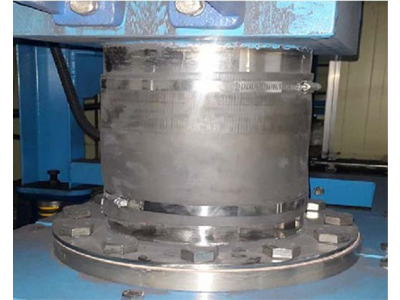 Handling these powders from the initial refining process to the coating of electrode sheets involves a delicate balance between maintaining purity, preventing contamination, and preserving essential physical and chemical attributes.
Handling these powders from the initial refining process to the coating of electrode sheets involves a delicate balance between maintaining purity, preventing contamination, and preserving essential physical and chemical attributes.
This is why hygiene and safety awareness inside a battery processing plant are imperative, with staff often required to wear full protective gear as a precaution.
Each of the process steps involves transferring these valuable, potentially toxic and explosible powders between different pieces of specialised equipment. If the flexible connections transferring this product between each process aren’t 100% leak-free and durable, there is a risk of these dangerous powders leaking into the factory production area.
This is a serious concern from a health and safety perspective. It also creates considerable production inefficiencies with physical product loss and potential downtime for clean-ups or refitting replacement connectors.
This is why so many of the world’s largest battery industry manufacturers are turning to the industry-leading flexible connector system, the BFM® fitting, to provide clean, safe, and efficient product transfer.
 Why Global Battery Manufacturers Choose BFM® fitting Flexible Connectors
Why Global Battery Manufacturers Choose BFM® fitting Flexible Connectors
The BFM® fitting system is a unique product that comprises two stainless steel spigot adaptors that, once installed onto your pipework, enable the fast, accurate and secure snap-fit installation of the BFM® connector in seconds - without the need for clamps or other fasteners.
Unlike traditional clamped connectors, the BFM® fitting system seals from the inside of the pipe so they’re 100% dustproof – perfect for super-fine powders like those found in the battery industry. Even under positive pressure, they seal tighter so there is no product lost from the process, and the general factory environment is much cleaner and safer.
BFM® fitting Connector Range Ideal for Battery Processing Applications
 Our most widely used product, Seeflex 040E, is a unique, transparent, and extremely durable ether-based polyurethane. It has excellent flexibility and is used widely to transfer battery powders throughout battery powder processing between pieces of equipment like:
Our most widely used product, Seeflex 040E, is a unique, transparent, and extremely durable ether-based polyurethane. It has excellent flexibility and is used widely to transfer battery powders throughout battery powder processing between pieces of equipment like:
• Silos
• Bag dumps
• Weigh scales
• Conveyors/Feeders
• Grinders/Mills
• Mixers
• Bagging/packaging
Our Seeflex 040E Weighing Bellows connector is deal for use where precise measuring of battery powder components is required, e.g. loss-in-weight feeders and dosing equipment. It is a durable alternative to silicone weighing bellows, combining the easy snap-fit installation and seal of a BFM® fitting connector with the unparalleled strength and flexibility of our polyurethane-based Seeflex material. While the BFM® fitting BLUEBAND™ flexible connectors are most commonly found transporting fine battery powders, the superior seal of the product and innovative, resilient materials also see them being used for transporting battery pastes and slurries.
While the BFM® fitting BLUEBAND™ flexible connectors are most commonly found transporting fine battery powders, the superior seal of the product and innovative, resilient materials also see them being used for transporting battery pastes and slurries.
Our Teflex NP materials for example are made from pure PTFE and can be used across the full pH scale for caustic or acid products, making it ideal to handle the solvents used in battery slurries. It can also operate comfortably up to 300ºC / 572ºF and can withstand short-term surges to 316ºC / 600ºF.
Teflex NP Black (shown adjacent) also has the added bonus of being highly static dissipative (surface resistivity of 106) which reduces the risk of electrostatic build-up and makes it an excellent option for lowering your ATEX risk.
The BFM® fitting range of connectors is available in diameters starting from just Ø100mm (2”).
